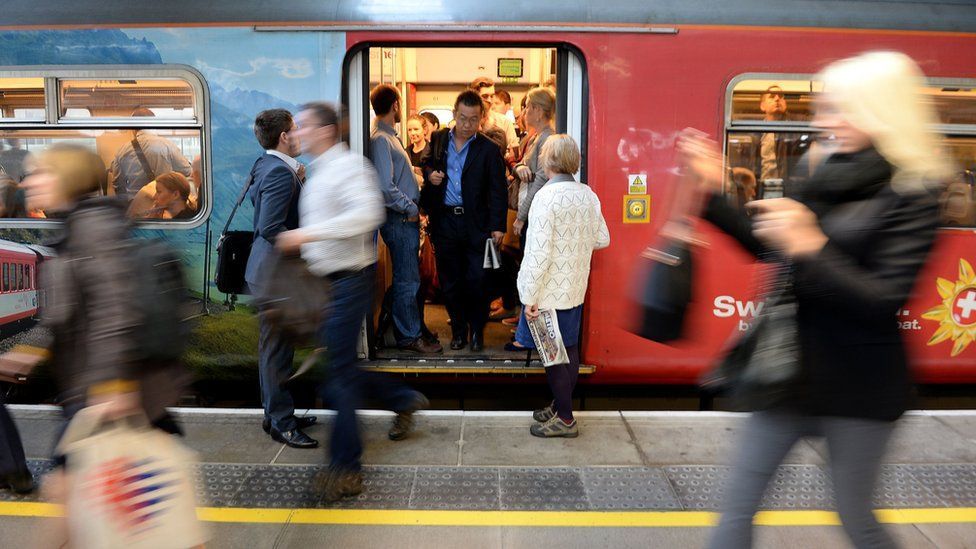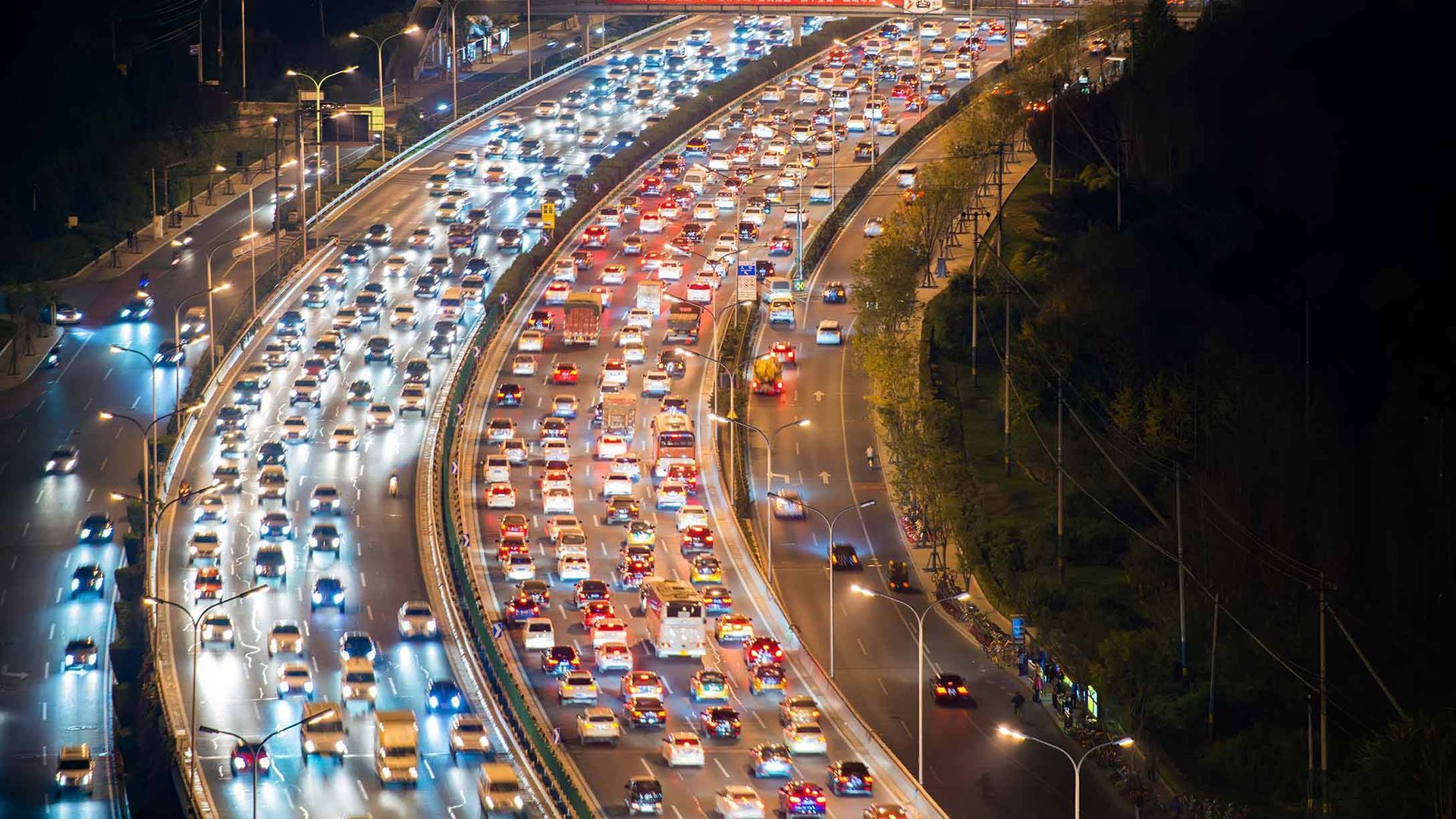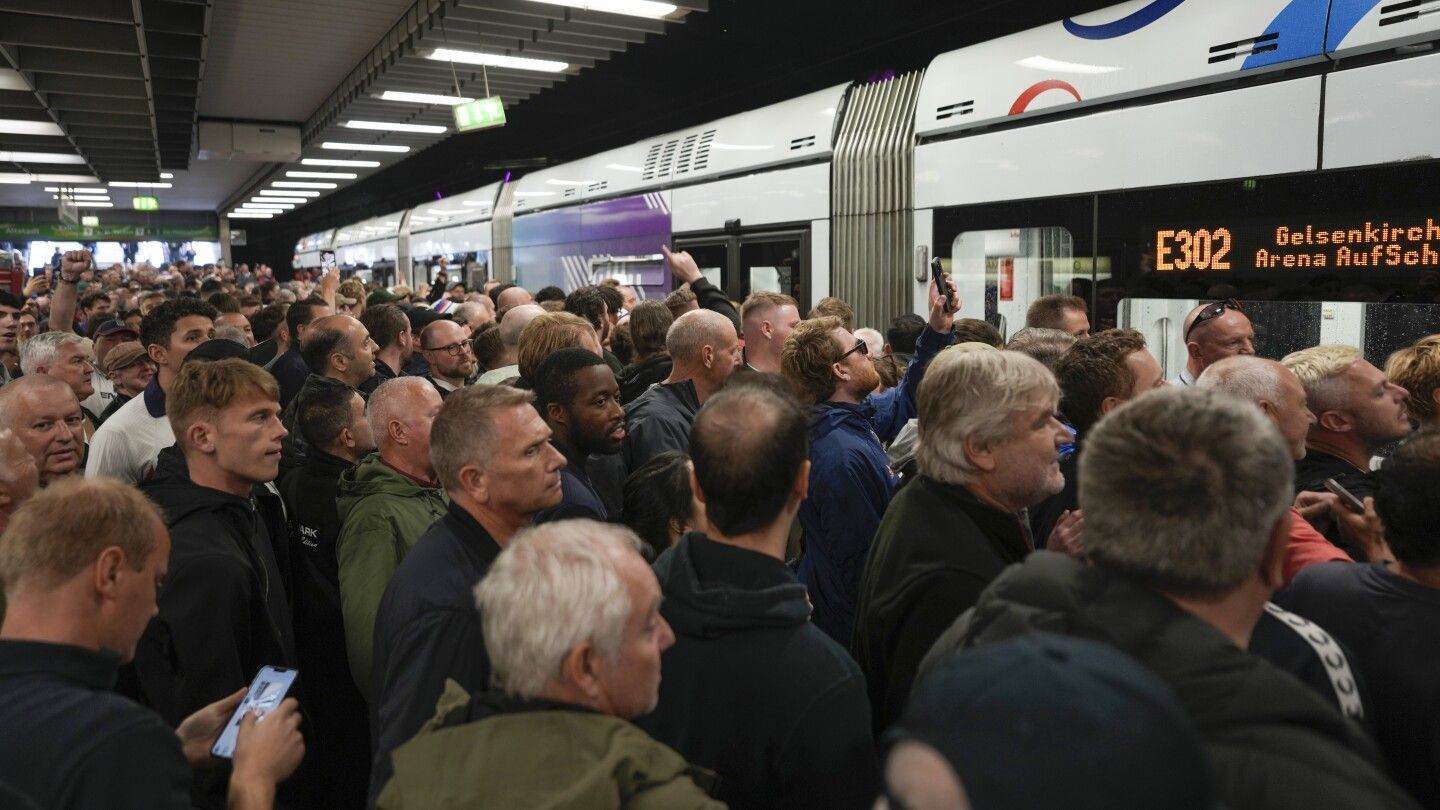Delivering consistent fan travel experience during multi-city global sports events - can the US do it?

As a UK-based travel demand management and major events specialist who has helped deliver mobility for major tournaments, I’m fascinated by what’s about to unfold across the Atlantic. I am also delighted to be playing a small part in it.
As many will be aware, in the span of just 7 years, the United States will host:
- FIFA World Cup 2026
- LA28 Olympic & Paralympic Games
- Rugby World Cups 2031 (Men) & 2033 (Women)
This is a truly unprecedented sequence for one country and while the sporting excitement is guaranteed, the fan travel experience is not.
The central question:
✅ Can the hosts actively manage travel demand around the events — not just supply — to ensure fans experience predictable, safe and stress-free journeys across vastly different cities while the communities in which they sit have a great time too?
The U.S. has real strengths….
- A huge private mobility sector that can scale fast
- Significant Games-linked investment already visible in Los Angeles
- Commercial innovation partnerships arriving early (rideshare, new mobility pilots, etc.)
- A mature inter-city rail and coach network
- A ‘can-do’ attitude predicated by the desire to want to be the best
These building blocks matter but
consistency is for us the defining challenge. Visitors will navigate a patchwork of systems — from transit-rich metropolitan areas to car-first regions — each with different norms, apps, signage and payment methods etc. What quality assurance measures will be in place, particularly in the case of the multi-city events, to ensure minimums (standards) are met and maximums are aspired to.
Travel Demand Management: A key pillar or a budget frivolity?
Unlike recent European mega-events where public transport is heavily relied upon and arguably more of a cultural norm, many U.S. host cities cannot simply “build their way” into capacity.
That means:
- the (likely) bdemand challenges of the event should be determined early on and mitigation strategies (including travel demand management) considered
- Event organisers must influence travel behaviours (both of fans going to the event and residents just going about their everyday lives), not just provide services
- Fans need clear transport guidance before they book travel or accommodation
- Advocacy of the more environmentally friend travel choices if World Rugby, FIFA, the IOC and the host cities wish to lead by example in this respect
- staggered arrival and departure strategies, off-peak incentives and ticket-timing rules become essential to spread demand, minimise disruption and maximise experience
- Walking and shuttle-based first/last-mile operations designed as the default
- And so on
In short: TDM must be strategic, not piece-meal.
What fans may benefit from hearing early:
“Don’t drive — here’s the reliable alternative.”
“Arrive between these time windows to avoid queues.”
“Use this specific station/gate/hub for your ticket category.”
“Walking routes are shortest and safest from here.”
Whilst the community at large might benefit from hearing things like:
“consider commuting at this time to avoid potential disruption”
“why not walk the last bit of your bus journey so those that can’t might have more space on the bus”
“why not get your usual deliveries scheduled to happen outside the times disruption could be at its highest”
“did you know fans will be in this area from 6am to get ready for the sport – why not open your doors (of your café) a bit earlier than normal so everyone can make the most of it”
The message must be consistent, multilingual and pushed globally and locally. Who will own the overall event communications plan (on operational matters) so that internationals receive it, those travelling from across the USA receive it and those that live locally receive it (from the sources they most trust). An aligned pan-Event approach is required that maximises the strengths of local communications partners.
Operational reality: It’s all about the peak of the peaks
Major-event congestion doesn’t last all day — it overwhelms systems in very short windows.
Three major risks stand out:
- Airport & intercity (car and public transport) surge arrivals compressing capacity into peak days
- Simultaneous departures after matches leading to gridlock if unmanaged
- Car-dominant cities where stadium districts lack adequate transit loading space
Without proactive TDM:
→ Fans likely to default to cars, including rideshare options such as Uber
→ Traffic will become the event story
→ Local goodwill will evaporate
It is worth noting the cultural and political challenges of operating across the US. I may be worth noting that in reality it is not the USA that is hosting these events but rather the individual cities and states within which each will reside.
A UK perspective: what “success” looks like
Drawing on lessons from London 2012, Rugby World Cups, Euros and Commonwealth Games — consistency comes from aligned policy and behavioural design, not from perfect infrastructure.
The recipe for the U.S. could include elements such as:
✅
Event wide mobility playbook: same language, same rules, same warnings
✅
Mode-shift strategies: clear “don’t drive” policies + easy public options
✅
Smart ticketing and event wide bespoke trip planners across host cities
✅
Stadium access zones prioritising pedestrians and shuttles
✅
Predictive crowd modelling + live demand response
✅
Reward early arrivals and
spread the peak with entertainment, wayfinding and pricing
✅
Continuous learning transfer from 2026 ➜ 2028 ➜ 2031 ➜33 – but who will do that?
These are just a few ideas on how a multi-city nation performs as a single, coherent host.
Final verdict: ambitious — but achievable
Here’s hoping that the event wide mobility strategies are not just a stitching together of host city plans.
Here’s hoping that quite detailed aspirations at an event wide level (for fan travel experience) are clearly articulated so Host Cities have clear guidance against which they can perform and be held accountable.
The U.S. has the assets. But fan travel experience consistency will depend on whether travel demand management becomes a national priority, not a local afterthought.
If the U.S. gets this right, fans will leave saying:
“That was far easier than I expected — everywhere we went.”
If not, the memories may be shaped by journeys rather than joy. And that would be a missed legacy for a moment of extraordinary global attention….
















